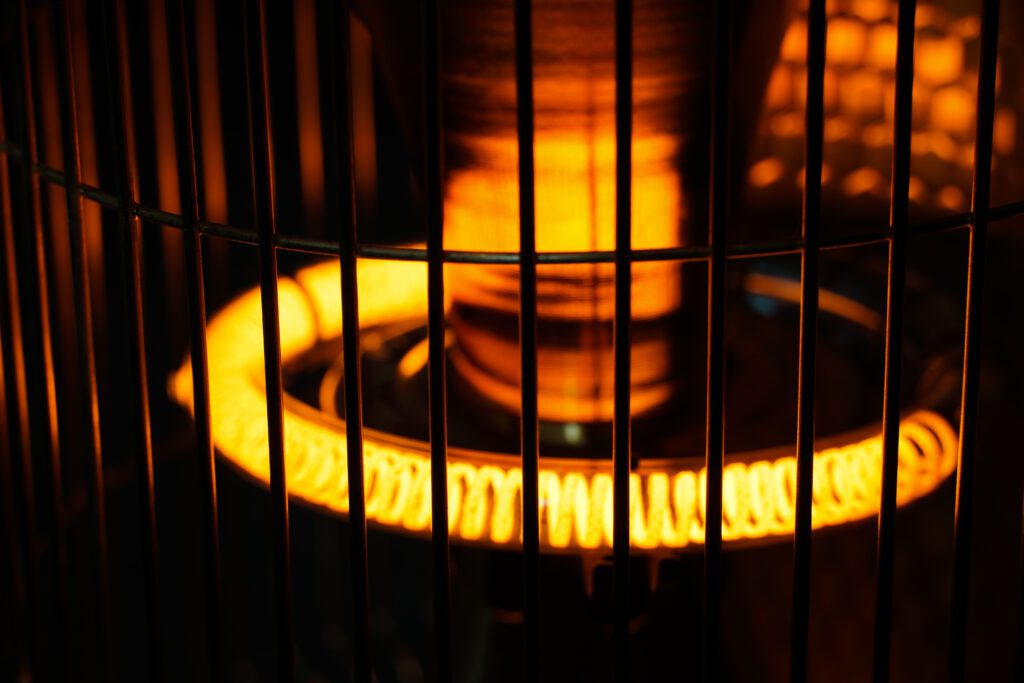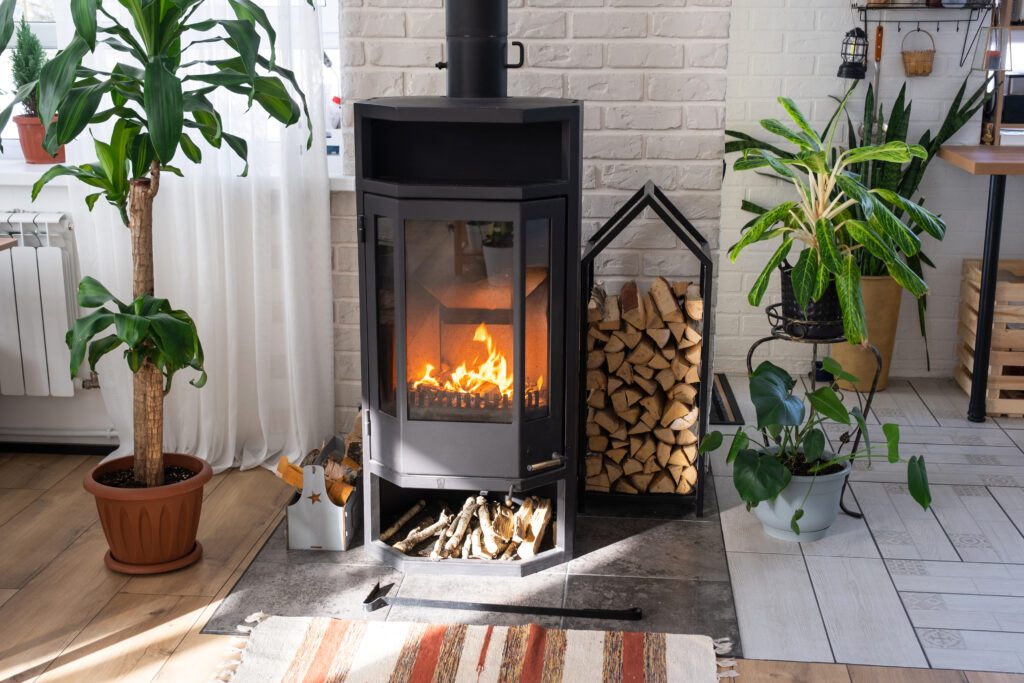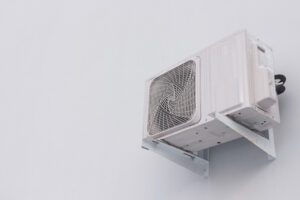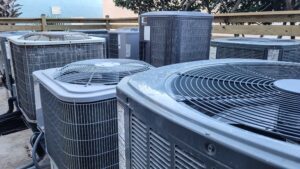The arrival of fall brings with it cooler temperatures, and it’s important to ensure that your home’s heating system is ready to keep you and your family warm during the chilly months ahead. By taking the time to properly prepare your heating system, you can avoid potential issues and enjoy a cozy and comfortable home throughout the fall season. In this article, we will walk you through the necessary steps to prepare your home’s heating system for fall, provide you with energy-saving tips, and highlight important safety measures to keep in mind.
Understanding Your Home’s Heating System
Before we dive into the preparation process, it’s essential to have a basic understanding of your home’s heating system. Familiarizing yourself with the different types of heating systems commonly found in homes can help you troubleshoot and identify any potential issues. Some common types include:
- Forced Air Systems – which heat air and distribute it through ducts and vents.
- Radiator Systems – which use hot water or steam to heat radiators placed throughout the house.
- Heat Pump Systems – which transfer heat between the indoor and outdoor air.
Knowing the type of heating system in your home will help you better understand the maintenance and preparation required.
Forced air systems are popular in many modern homes due to their efficiency in quickly heating a space. These systems work by heating air in a furnace and then distributing it through a network of ducts to different rooms. Regularly changing the air filters in these systems is crucial to maintain good indoor air quality and ensure the system operates efficiently.
Radiator systems, on the other hand, have a long history and are known for providing consistent and comfortable heat. These systems use hot water or steam to heat radiators, which then radiate heat into the room. It’s important to bleed the radiators occasionally to release any trapped air, ensuring they function effectively.
The Importance of Regular Maintenance

A well-maintained heating system not only operates more efficiently but also extends its lifespan. Regular maintenance is crucial in preventing potential breakdowns, minimizing energy consumption, and ensuring optimal performance. Here are a few maintenance tasks you should consider:
- Clean and inspect your heating system’s components.
- Check and replace filters regularly.
- Schedule a professional inspection to identify any repairs or maintenance needs.
By following these steps, you can ensure that your heating system is in excellent condition and ready to provide warm air throughout the fall season.
Regular maintenance not only benefits the efficiency and longevity of your heating system but also contributes to improved indoor air quality. Dust, dirt, and other contaminants can accumulate within the system over time, leading to poor air circulation and potential health hazards. By cleaning and inspecting the components regularly, you can reduce the presence of allergens and pollutants in your home, creating a healthier environment for you and your family.
In addition to the maintenance tasks mentioned above, it is also important to pay attention to any unusual noises or odors coming from your heating system. These could be early indicators of underlying issues that require immediate attention. Ignoring such warning signs may lead to more extensive and costly repairs down the line. Therefore, staying vigilant and addressing any abnormalities promptly can help you avoid unexpected breakdowns and ensure uninterrupted comfort during the colder months.
Steps to Prepare Your Heating System for Fall

Now that you have a solid understanding of your heating system and the importance of regular maintenance, let’s dive into the steps to properly prepare your heating system for fall:
Cleaning and Inspecting Your Heating System
Start by thoroughly cleaning and inspecting your heating system. Remove any dirt, dust, or debris that may have accumulated during the spring and summer months. Pay close attention to the filters, vents, and ducts, as they are prone to trapping particles that can hinder the system’s performance. Additionally, inspect the components for any signs of wear and tear, such as loose connections or frayed wires. If you notice any issues, it’s best to contact a professional for repairs.
When cleaning your heating system, it’s important to use the right tools and techniques. A soft brush or vacuum cleaner with a brush attachment can help you remove dust and dirt from the surfaces. Be gentle when cleaning delicate parts to avoid causing any damage. Taking the time to clean your heating system thoroughly will not only improve its efficiency but also extend its lifespan.
Checking and Replacing Filters
Filters play a vital role in maintaining indoor air quality and ensuring the efficient operation of your heating system. Over time, filters can become clogged with dirt and debris, restricting airflow and reducing efficiency. Check your filters and replace them if they appear dirty or if it has been longer than the manufacturer’s recommendation. This simple task can significantly improve the performance of your heating system and enhance air quality within your home.
When choosing replacement filters, it’s important to select the right type and size for your heating system. There are different filter options available, such as fiberglass, pleated, and electrostatic filters. Each type has its own benefits and efficiency levels. Consult your heating system’s manual or seek advice from a professional to ensure you choose the most suitable filters for your specific system.
Scheduling a Professional Inspection
While regular maintenance tasks can be performed by homeowners, it’s always a good idea to schedule a professional inspection before the start of the fall season. Heating professionals have the expertise to identify any underlying issues that may go unnoticed to untrained eyes. They can also perform essential maintenance tasks, such as lubricating moving parts, adjusting controls, and checking for gas leaks. A professional inspection will give you peace of mind and ensure that your heating system is in optimal condition.
During a professional inspection, the technician will not only assess the current state of your heating system but also provide valuable recommendations for its long-term care. They may suggest additional measures, such as installing programmable thermostats or improving insulation, to further enhance the efficiency and performance of your system. By investing in a professional inspection, you are taking a proactive approach to ensure your heating system operates flawlessly throughout the fall and winter seasons.



